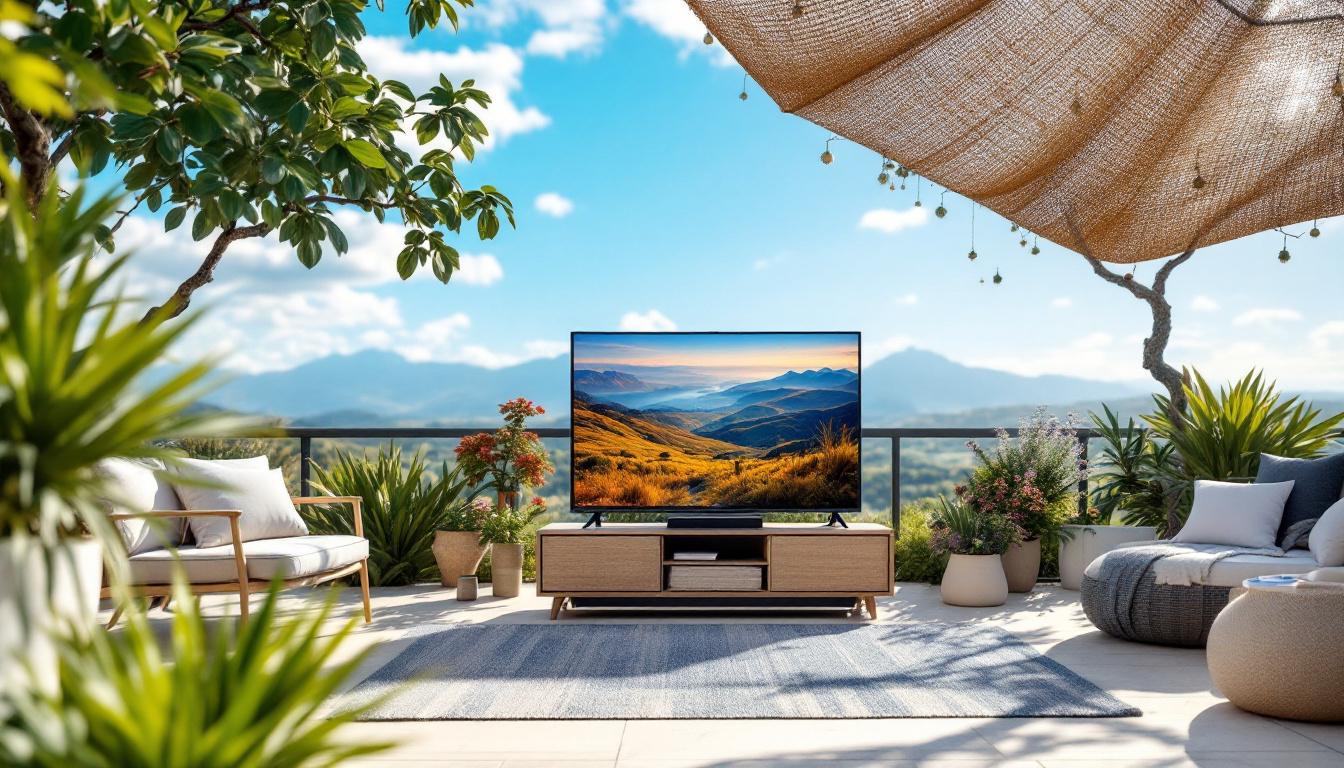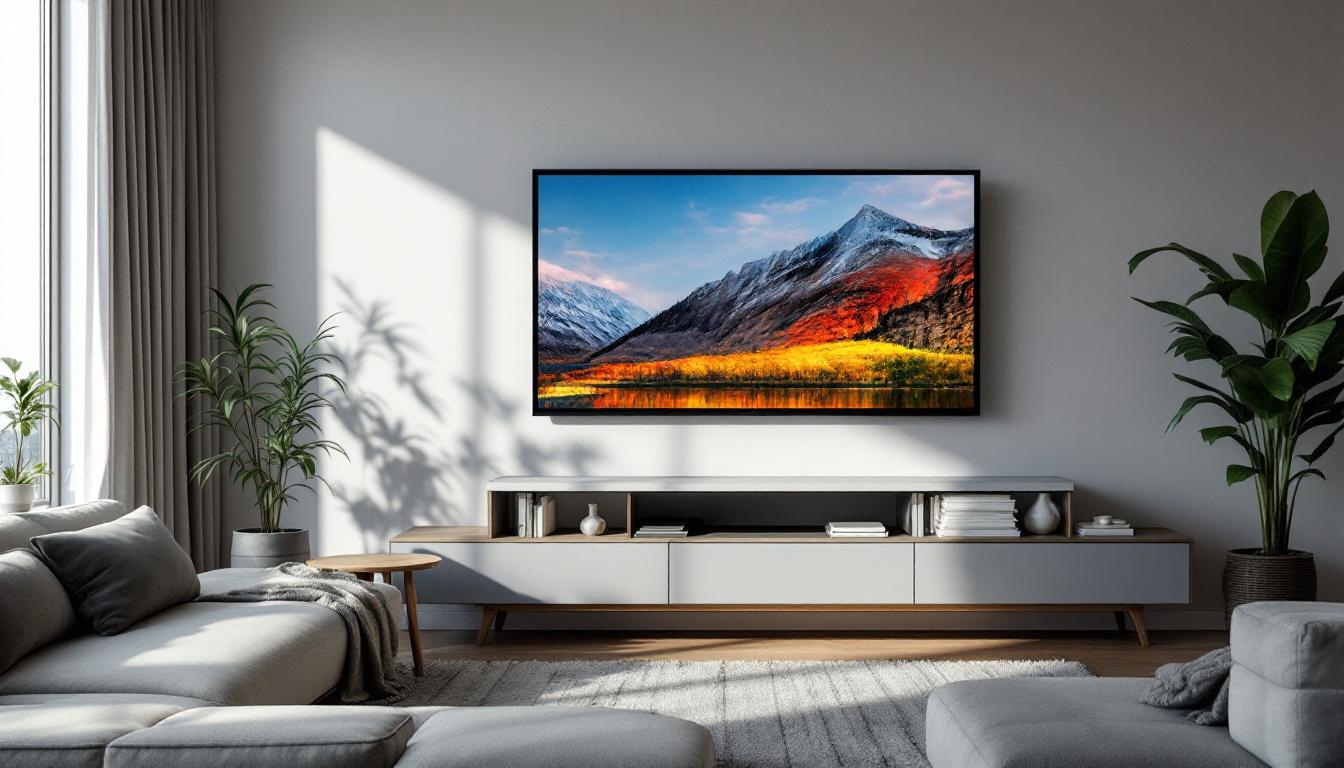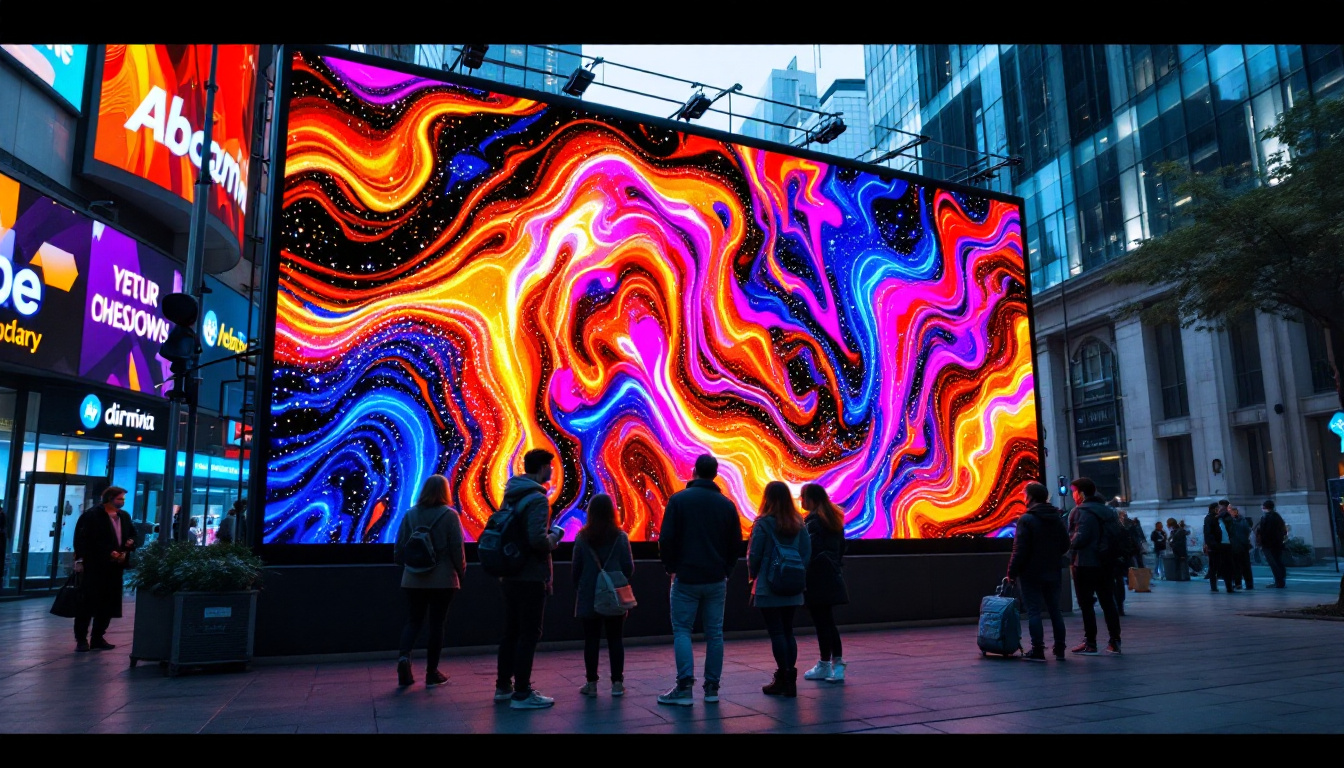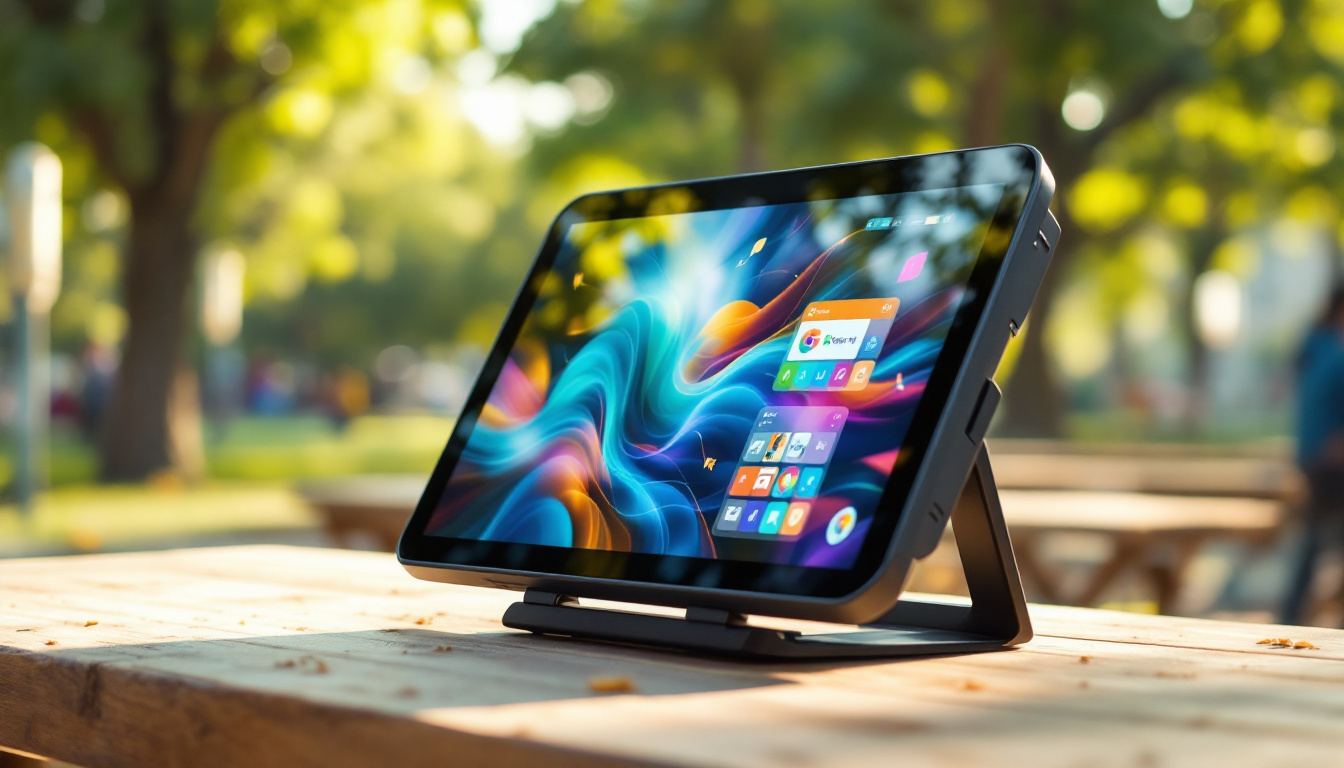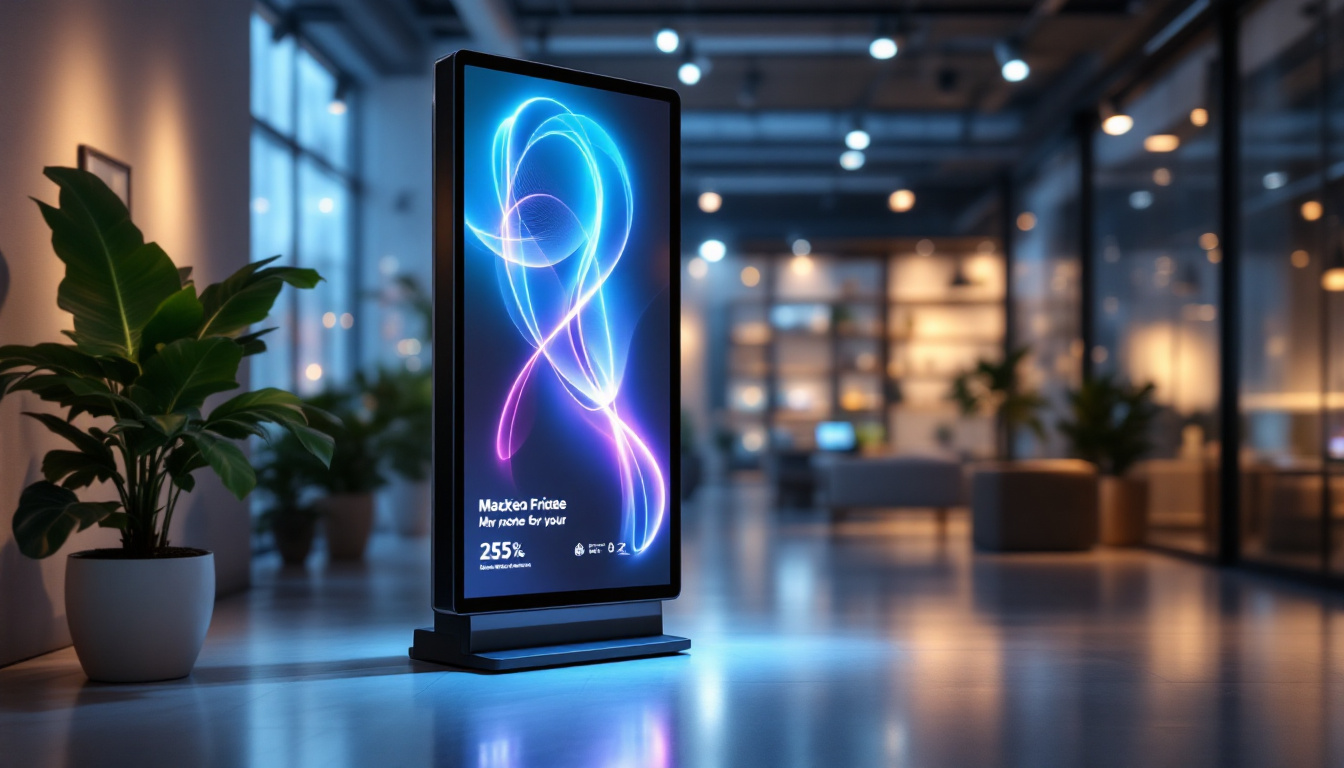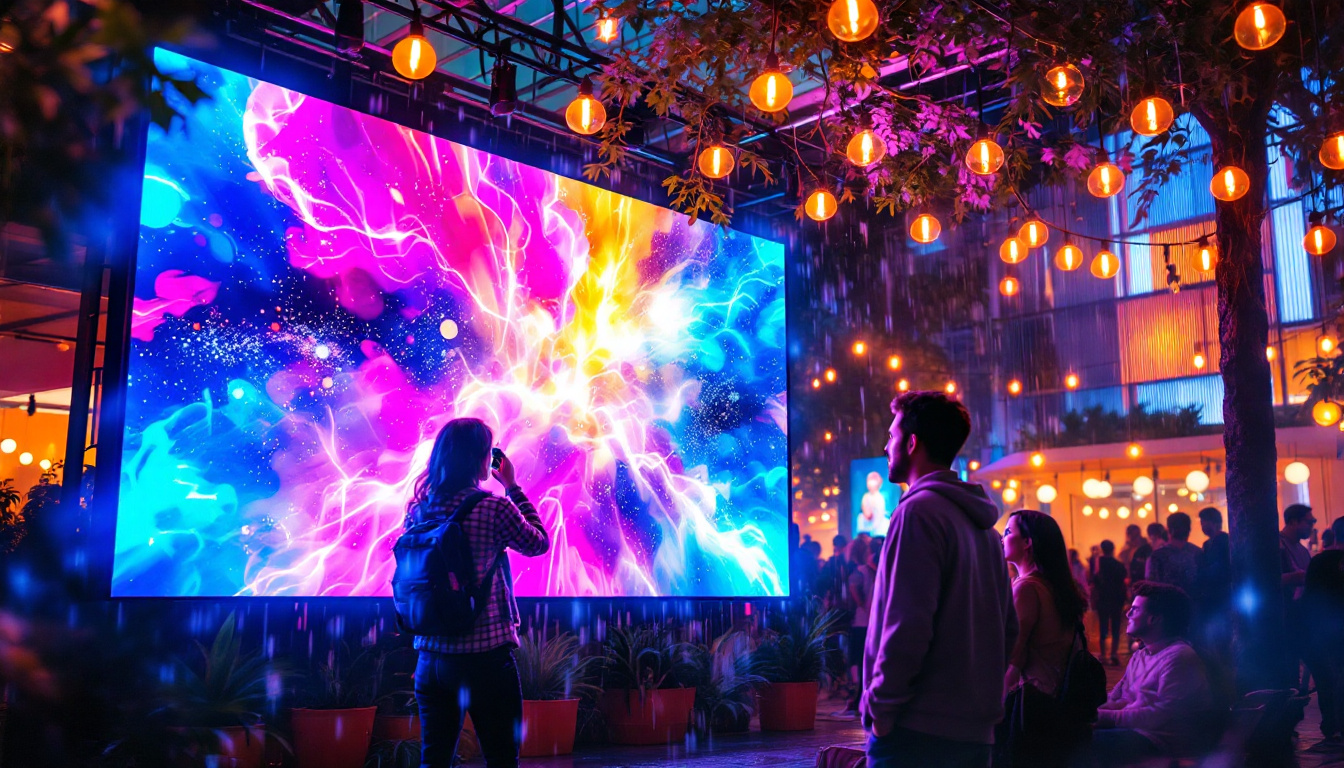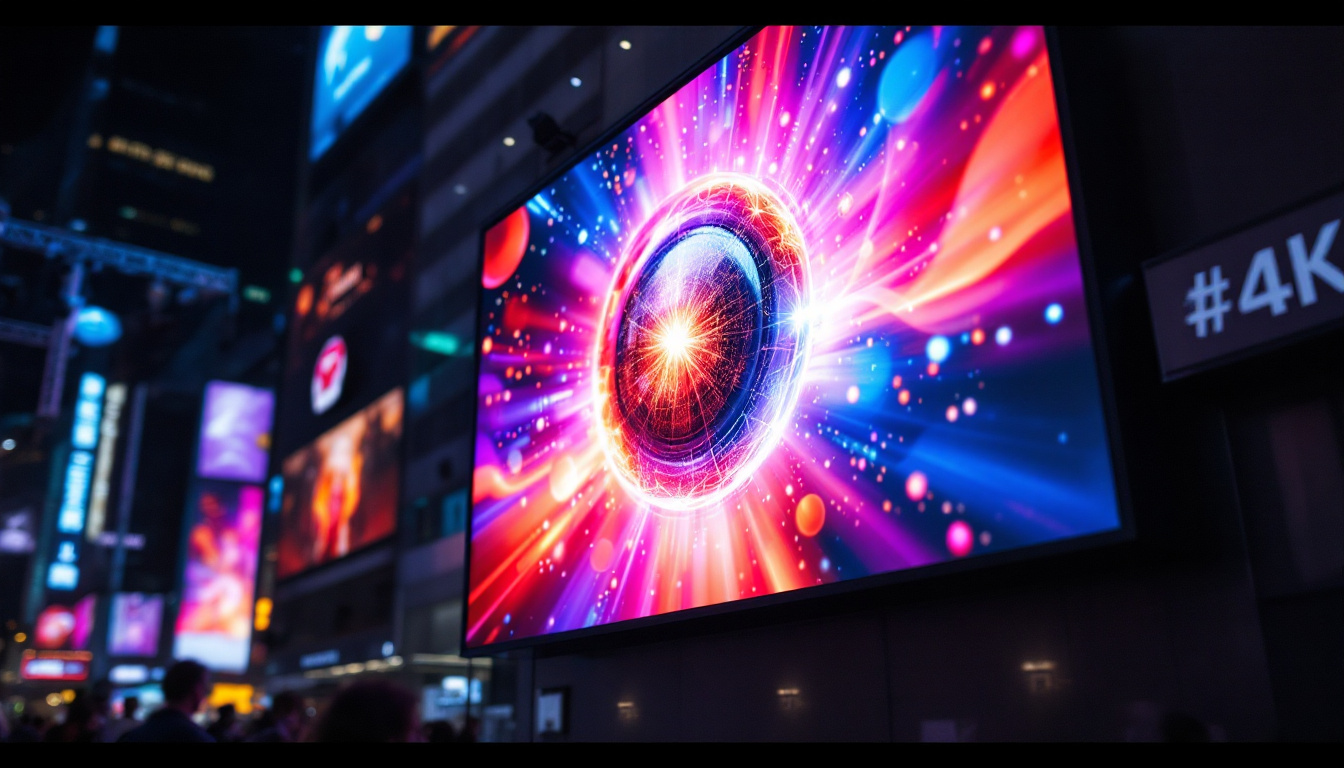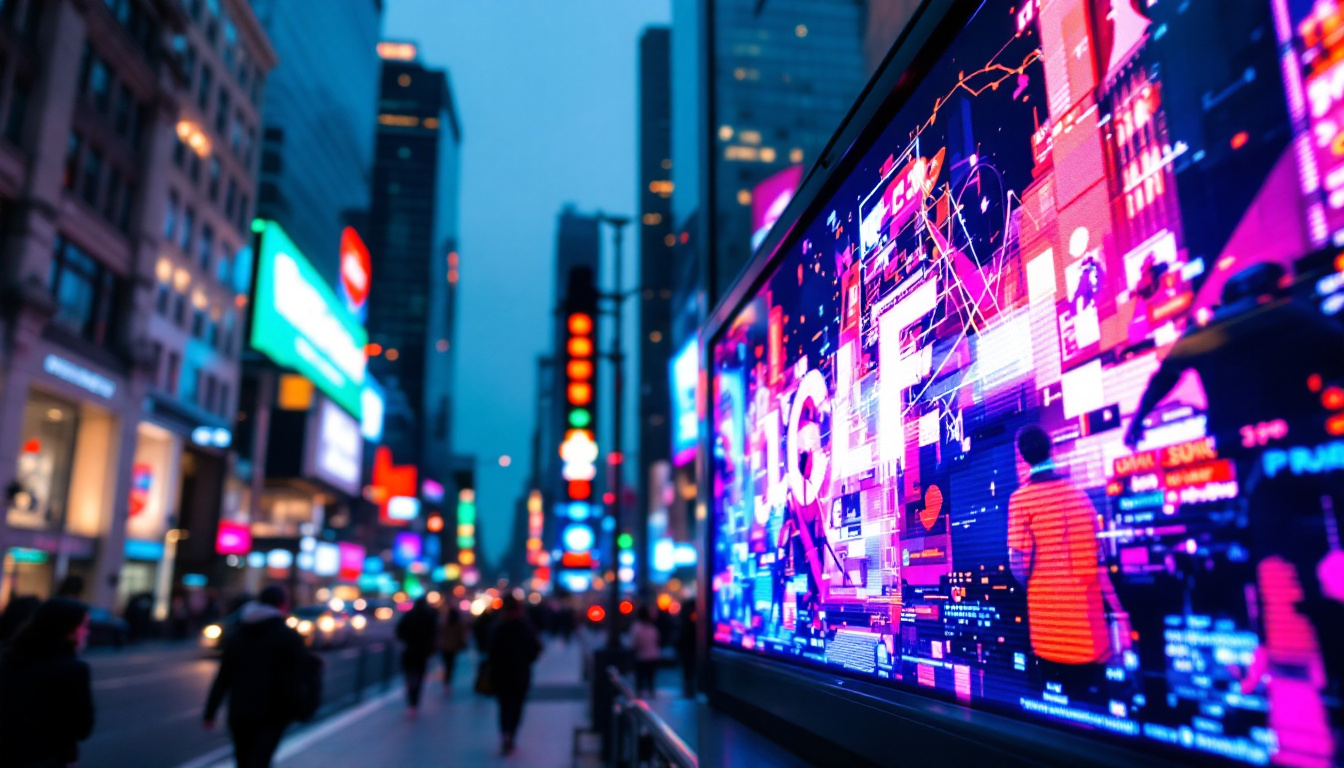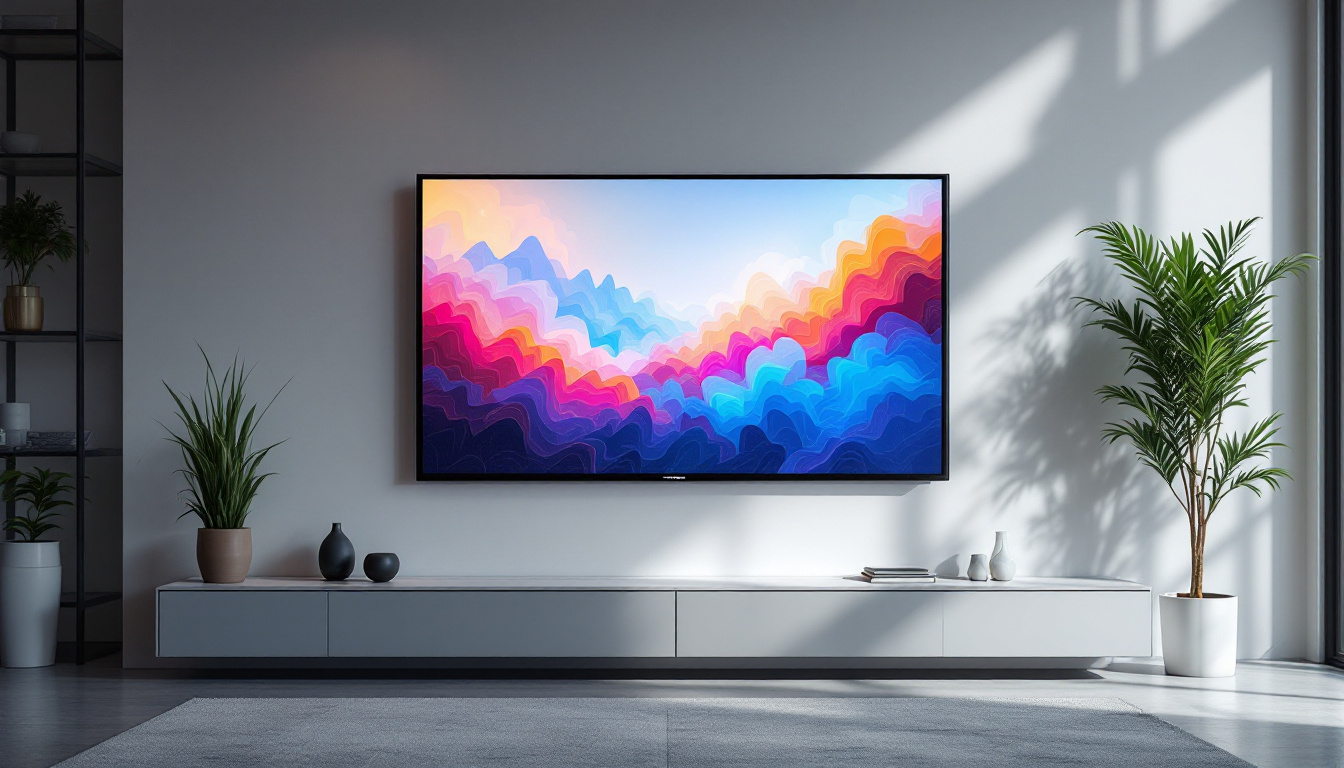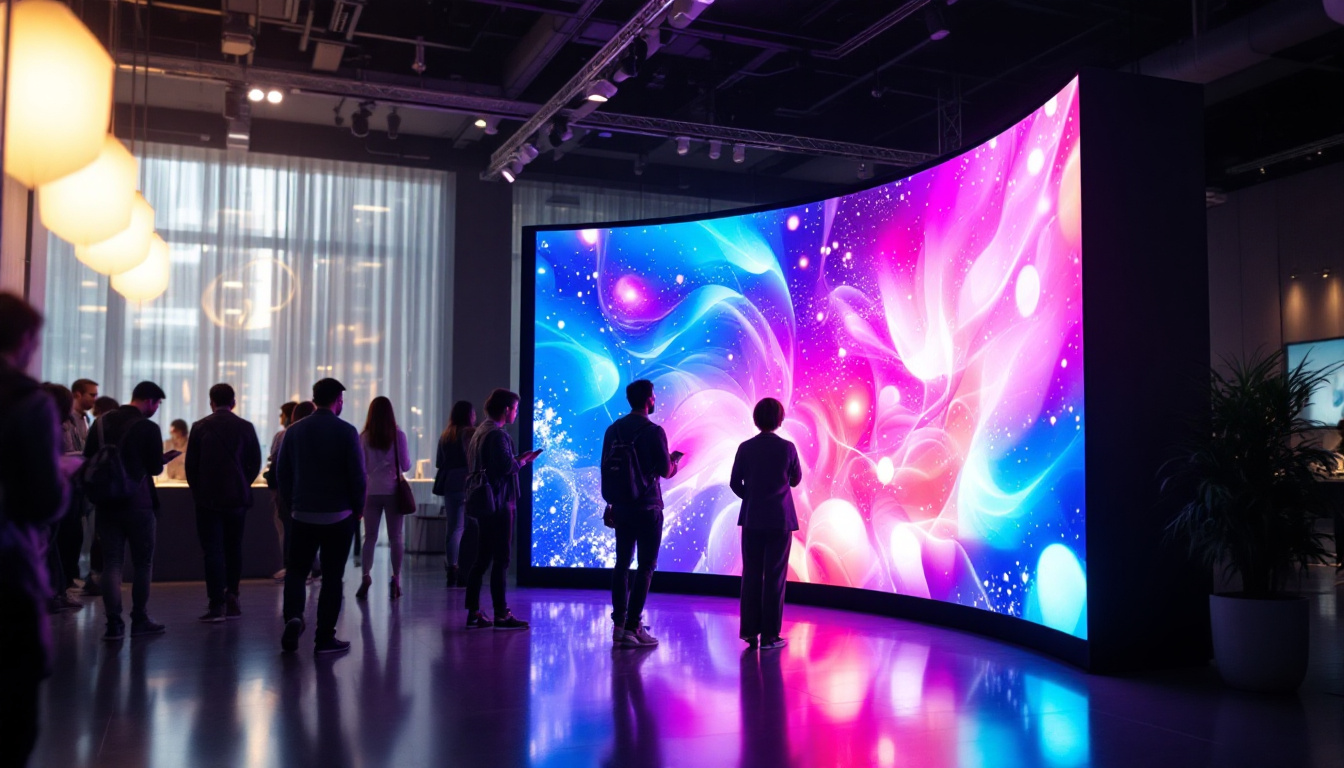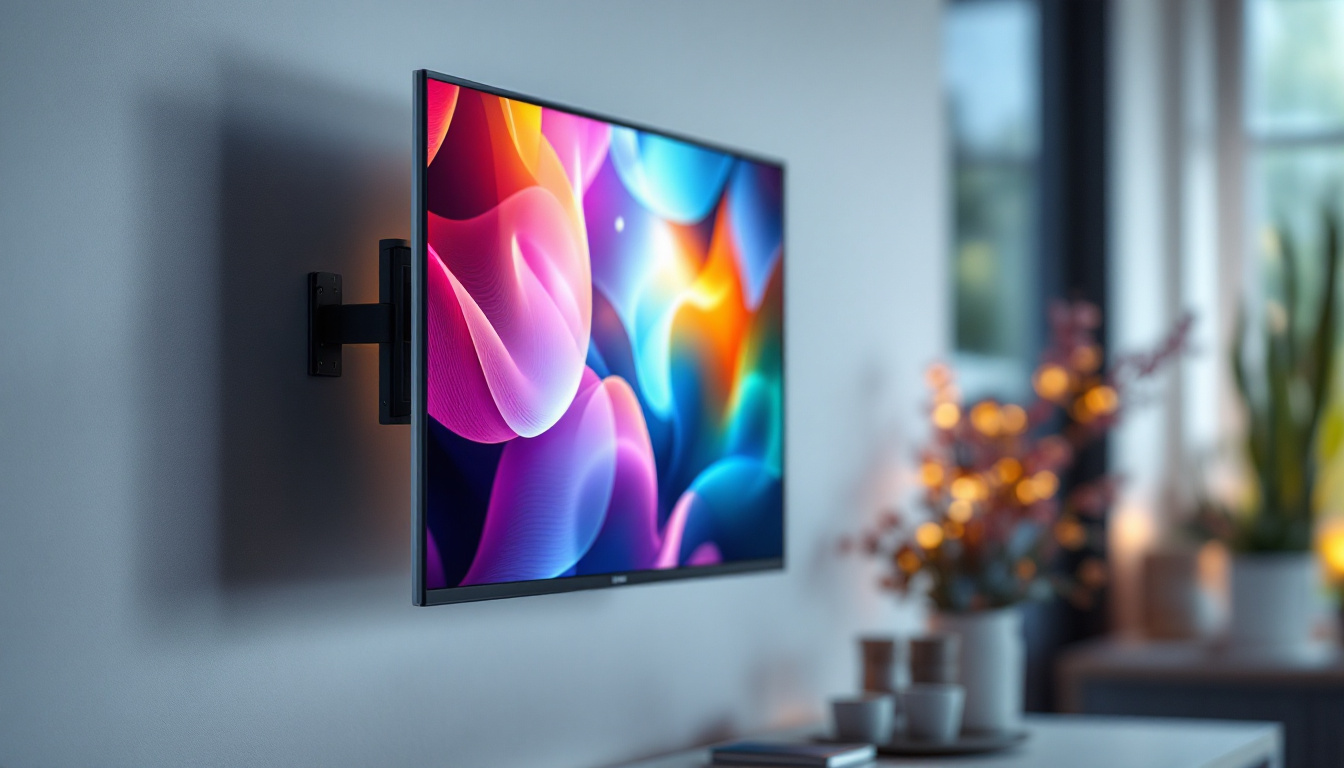Portable Outdoor TV: LED Display Explained
In recent years, the demand for portable outdoor TVs has surged dramatically, driven by a growing desire to enjoy high-quality entertainment beyond the confines of indoor spaces. Whether for backyard movie nights, tailgating events, camping trips, or outdoor sports viewing, these devices offer a versatile solution for on-the-go viewing. At the heart of many portable outdoor TVs is the LED display technology, which provides vibrant visuals, durability, and energy efficiency. This comprehensive article delves into the intricacies of LED displays in portable outdoor TVs, exploring their technology, advantages, and considerations to help consumers make informed decisions.
Understanding LED Display Technology
What is an LED Display?
LED, or Light Emitting Diode, displays are a type of flat-panel display technology that uses an array of light-emitting diodes to produce images. Unlike traditional LCD screens that rely on backlighting, LED displays use tiny diodes that emit light when an electric current passes through them. This direct emission of light results in brighter images, better contrast, and more vivid colors, which are essential for outdoor viewing where ambient light can be intense. The ability of LED displays to maintain clarity and color accuracy in bright environments makes them particularly popular for outdoor events, sporting activities, and even advertising billboards.
In portable outdoor TVs, LED technology is often combined with other display methods such as LCD panels to enhance picture quality. For instance, many portable TVs use LED backlighting behind an LCD screen, commonly referred to as LED-LCD displays. However, some premium models employ full LED or OLED (Organic LED) panels for superior performance. OLED technology, in particular, offers deeper blacks and a wider viewing angle, making it an appealing choice for those who prioritize picture quality. As technology advances, the integration of these display types continues to evolve, leading to lighter, thinner, and more energy-efficient models that cater to the needs of outdoor enthusiasts.
Types of LED Displays in Portable Outdoor TVs
There are primarily two types of LED displays used in portable outdoor TVs:
- LED-LCD Displays: These are LCD screens illuminated by LED backlights. They are the most common and cost-effective option, offering good brightness and energy efficiency. LED-LCD displays are particularly well-suited for casual viewing, making them a popular choice for family gatherings, picnics, and camping trips where portability and ease of use are key factors.
- Direct-View LED Displays: These use individual LEDs as pixels, which can produce higher brightness and better contrast. While more expensive, they are ideal for environments with very bright sunlight. Direct-view LED displays are often used in professional settings, such as concerts and outdoor festivals, where high visibility is crucial for audience engagement.
Understanding these types helps consumers weigh the trade-offs between cost, picture quality, and outdoor usability. Additionally, the advancements in LED technology have led to the development of features such as HDR (High Dynamic Range) support and enhanced refresh rates, which can significantly improve the viewing experience. As a result, consumers can now enjoy a wider range of content, from high-octane sports to cinematic films, all while being outdoors. Furthermore, many portable outdoor TVs now come equipped with smart features, allowing users to stream content directly from their favorite platforms, making them a versatile addition to any outdoor setup.
Key Benefits of LED Displays for Outdoor Use
Brightness and Visibility
One of the most critical factors for outdoor TVs is screen brightness. LED displays can achieve much higher brightness levels compared to traditional LCD or plasma screens. Typical indoor TVs have brightness levels around 250 to 350 nits, whereas portable outdoor TVs with LED technology can reach 700 nits or more, with some specialized models exceeding 1,000 nits.
This increased brightness ensures that images remain clear and vibrant even under direct sunlight, which is essential for usability in outdoor settings. Without sufficient brightness, screens can appear washed out and difficult to view. Additionally, the advanced technology behind LED displays allows for better contrast ratios, enhancing the depth of colors and making the viewing experience more immersive. This means that whether you’re watching a movie during a sunny afternoon or catching a game at dusk, the visuals remain sharp and engaging, drawing viewers into the action.
Energy Efficiency and Portability
LED displays are known for their energy efficiency, consuming less power than older display technologies. This is particularly important for portable outdoor TVs, which often rely on battery power or limited power sources. Efficient energy use extends battery life, allowing for longer viewing periods without the need for frequent recharging.
Furthermore, LED technology contributes to lighter and thinner screen designs, enhancing portability. A lightweight, slim profile makes it easier to transport the TV to outdoor locations and set it up quickly. Many models also include built-in handles or stands that facilitate easy movement and adjustment. This level of convenience is perfect for outdoor enthusiasts who want to take their entertainment on the go, whether it’s for a camping trip, a beach day, or a backyard barbecue. The ability to easily set up and take down the TV adds to the overall enjoyment of outdoor activities, allowing users to focus on the experience rather than the logistics of their equipment.
Durability and Weather Resistance
Portable outdoor TVs must withstand various environmental factors such as moisture, dust, temperature fluctuations, and physical impacts. LED displays are inherently more durable than other screen types because they do not contain fragile components like glass tubes or filaments.
Many manufacturers also incorporate weather-resistant casings and protective coatings for LED screens, ensuring they can endure rain, humidity, and even minor drops or bumps. This ruggedness is crucial for users who want reliable performance in unpredictable outdoor conditions. In addition to physical durability, some outdoor LED displays feature anti-glare technology, which minimizes reflections from sunlight, further enhancing visibility. This means that even in challenging weather conditions, users can enjoy their favorite shows or sports events without compromising on quality. As a result, outdoor LED TVs are not only built to last but are also designed to provide an exceptional viewing experience, regardless of the environment.
Choosing the Right Portable Outdoor TV with LED Display
Brightness Ratings and Screen Size
When selecting a portable outdoor TV, brightness rating is one of the most important specifications to consider. A minimum of 700 nits is recommended for shaded outdoor areas, while direct sunlight viewing may require 1,000 nits or more. Some high-end models offer adjustable brightness settings to conserve battery life when maximum brightness is unnecessary.
Screen size also plays a role in portability and viewing experience. Common sizes range from 15 inches to 32 inches. Larger screens provide a more immersive experience but can be heavier and less convenient to carry. Balancing size with portability is key depending on the intended use.
Resolution and Image Quality
Resolution determines the clarity and detail of the image displayed. Full HD (1920 x 1080 pixels) is the standard for most portable outdoor TVs, providing sharp and clear visuals. Some premium models offer 4K resolution, but this may come at the expense of battery life and cost.
Other image quality factors include color accuracy, contrast ratio, and refresh rate. LED displays typically excel in contrast and color vibrancy, which enhances the outdoor viewing experience.
Power Options and Battery Life
Powering a portable outdoor TV can be challenging due to limited access to electrical outlets. Many models come with rechargeable lithium-ion batteries capable of providing 3 to 6 hours of continuous use. Some also support external power banks or solar charging options, which are ideal for extended outdoor activities.
Users should evaluate their typical usage scenarios and select a TV with sufficient battery capacity or flexible power options to avoid interruptions.
Connectivity and Additional Features
Modern portable outdoor TVs offer a variety of connectivity options including HDMI, USB, Wi-Fi, and Bluetooth. These features enable users to connect streaming devices, gaming consoles, or smartphones easily. Some models also include built-in smart TV platforms, allowing direct access to popular streaming services without additional hardware.
Additional features such as anti-glare screens, adjustable stands, and remote controls enhance usability in outdoor environments.
Practical Applications of Portable Outdoor TVs
Backyard Entertainment and Social Gatherings
Portable outdoor TVs are increasingly popular for backyard movie nights, barbecues, and social events. Their LED displays provide bright, clear images that can entertain groups of people in open-air settings. The ability to quickly set up and move the TV makes it convenient for spontaneous gatherings.
Sports Viewing and Tailgating
Sports enthusiasts benefit greatly from portable outdoor TVs, especially during tailgating parties or outdoor sports events. The high brightness and weather resistance of LED displays ensure that games can be watched comfortably regardless of weather or lighting conditions.
Camping and Travel
For campers and travelers, portable outdoor TVs offer a way to stay connected and entertained in remote locations. Lightweight designs and efficient power consumption make them suitable for off-grid use, while durable construction ensures they withstand rugged environments.
Future Trends in Portable Outdoor LED TVs
Advancements in Display Technology
The future of portable outdoor TVs looks promising with ongoing advancements in LED and related display technologies. MicroLED and OLED displays are expected to become more affordable and prevalent, offering even better brightness, contrast, and energy efficiency. These technologies also allow for thinner, more flexible screens that could revolutionize portability.
Integration with Smart and IoT Devices
As smart home and Internet of Things (IoT) ecosystems expand, portable outdoor TVs are likely to integrate more seamlessly with other devices. Voice control, AI-driven content recommendations, and enhanced connectivity will improve user experience and convenience.
Eco-Friendly and Sustainable Designs
Environmental concerns are driving manufacturers to develop more sustainable products. Future portable outdoor TVs may feature eco-friendly materials, solar charging capabilities, and energy-saving modes to minimize their environmental footprint.
Conclusion
Portable outdoor TVs equipped with LED displays represent a significant leap forward in outdoor entertainment technology. Their combination of brightness, durability, energy efficiency, and portability makes them ideal for a wide range of outdoor activities. By understanding the nuances of LED display technology and evaluating key features such as brightness, resolution, power options, and connectivity, consumers can select the best portable outdoor TV to suit their needs.
As technology continues to evolve, these devices will become even more versatile and accessible, enhancing the way people enjoy entertainment in the great outdoors.
Discover the Future of Outdoor Entertainment with LumenMatrix
Ready to elevate your outdoor entertainment experience? LumenMatrix, a pioneer in LED display technology, offers an array of innovative solutions that bring your outdoor viewing to life. From vibrant Outdoor LED Wall Displays to dynamic LED Sports Displays, our products are designed to deliver unparalleled brightness, sharpness, and reliability. Embrace the revolution in visual communication with LumenMatrix and transform how you engage with your audience. Check out LumenMatrix LED Display Solutions today and step into a world where every image is a spectacle in itself.

